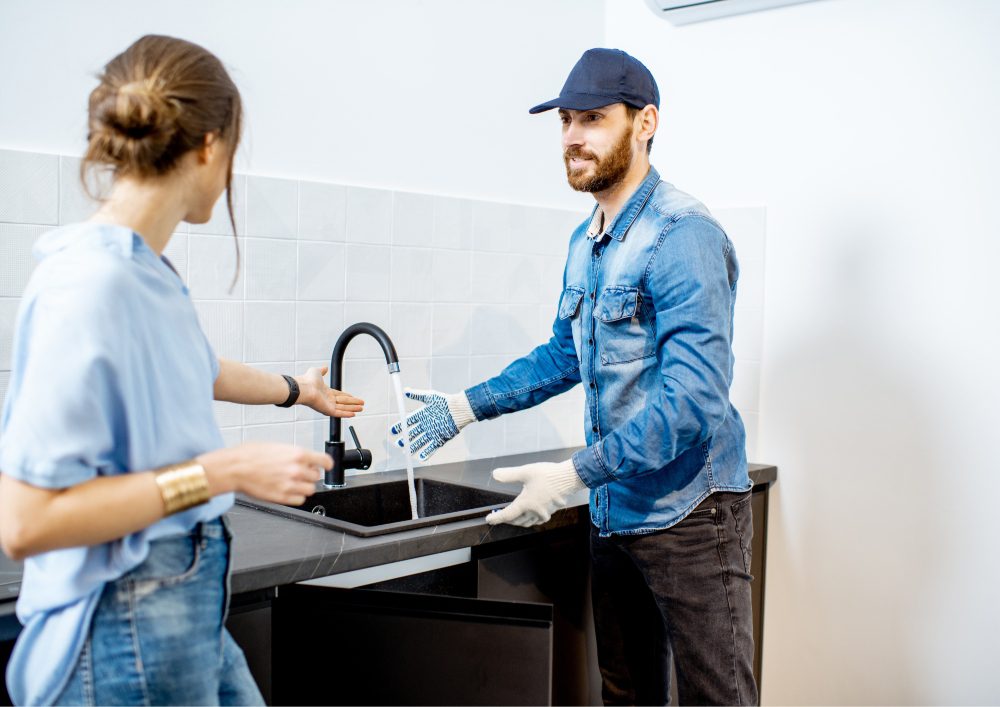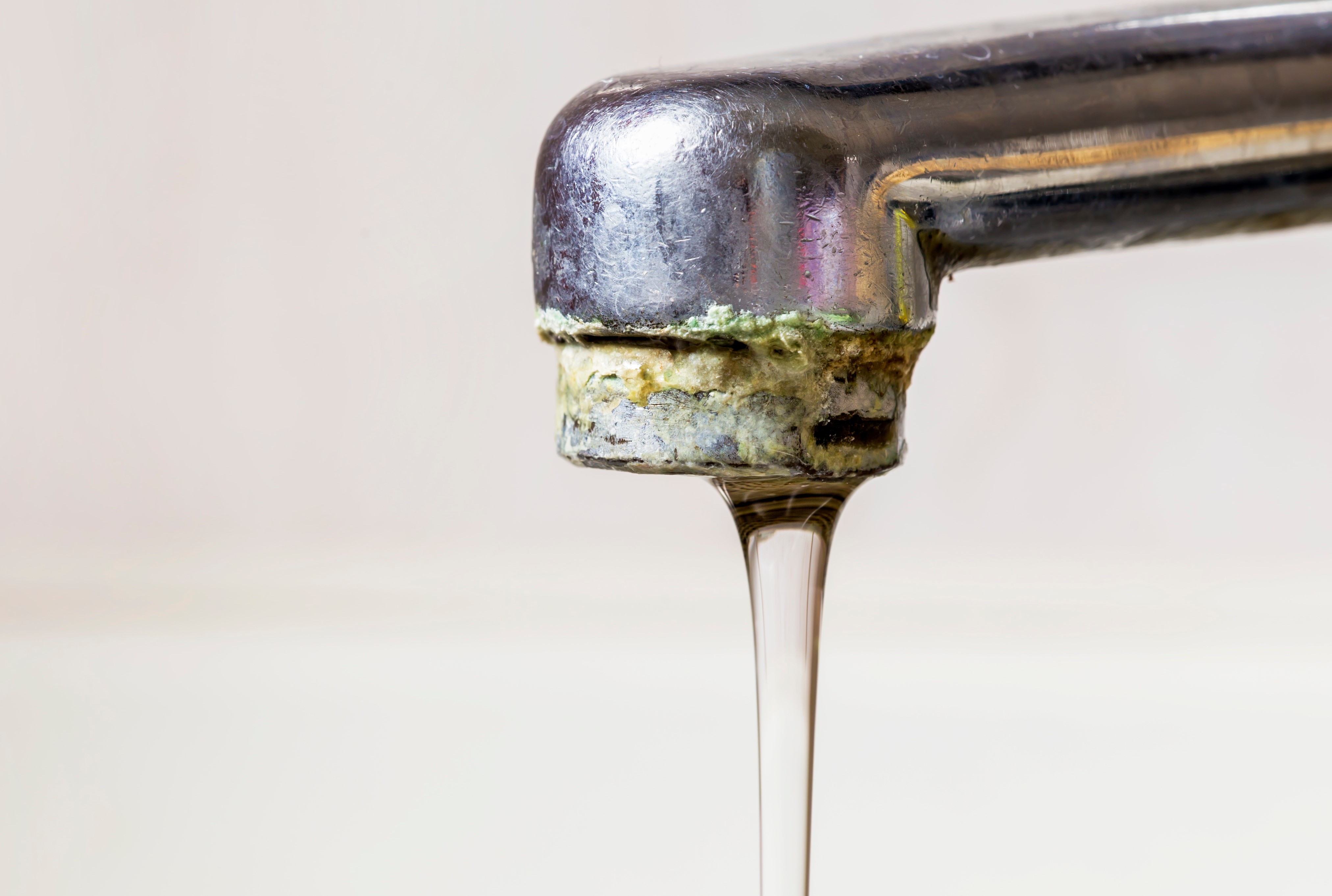What're your thoughts and feelings on Understanding the Basics of Your Home's Plumbing System?

Plumbing is a necessary facet of any type of home, in charge of supplying tidy water for drinking, cooking, and showering, along with eliminating wastewater safely. Comprehending the basics of home plumbing is vital for every single home owner to make certain appropriate maintenance, troubleshooting, and, if required, repair work. In this novice's guide, we'll cover the basic principles of home plumbing to help you become extra accustomed to just how it works.
Water Supply System
The supply of water system brings clean water right into your home from a local water source or a private well. It consists of a primary water line that links to your home's plumbing system, generally situated underground. A water meter gauges the quantity of water eaten, while a shut-off valve enables you to control the flow of water right into your home.
Plumbing Components
Plumbing fixtures are devices that supply water to various parts of your home and consist of sinks, taps, toilets, showers, bathtubs, and appliances such as dishwashing machines and washing devices. Each component is attached to the water system using pipelines and fittings and might have its shut-off shutoff for maintenance or emergency situations.
Water Heater
The water heater is in charge of heating water for residential use, including showering, food preparation, and cleansing. Typical kinds of water heaters consist of tank-type hot water heater, tankless (on-demand) water heaters, and heatpump hot water heater. The water heater is attached to the water system system and delivers hot water to plumbing fixtures as needed.
Water drainage System
The water drainage system eliminates wastewater from your home and lugs it away to a sewage therapy facility or septic tank. It consists of a network of pipelines, fittings, and fixtures that transport wastewater from plumbing components to the major sewer line or septic tank. Proper water drainage is important to prevent blockages, back-ups, and sewer leaks.
Ventilation System
The ventilation system aids maintain appropriate atmospheric pressure and stop sewer gases from entering your home. Air vent pipelines, additionally known as vent stacks, expand from plumbing components to the roof, enabling sewage system gases to escape safely outdoors. Ventilation pipes also enable air to enter the drainage system, assisting in smooth wastewater circulation and stopping suction or vacuum results.
Typical Plumbing Tools
Having the right tools accessible is vital for carrying out basic plumbing repair services and upkeep tasks. Common plumbing devices consist of adjustable wrenches, monkey wrench, pliers, pipeline cutters, hacksaws, plungers, augers (or drainpipe serpents), and Teflon tape. Having these devices easily offered can help you deal with small plumbing issues effectively.
Standard Plumbing Fixings
While some plumbing repair work may require professional help, several common issues can be addressed with basic do it yourself strategies. Discovering exactly how to deal with a dripping tap, unclog a drain, replace a commode flapper, or fix a leaking showerhead can save you money and time on plumbing repair services.
Verdict
Understanding the fundamentals of home plumbing is crucial for every single property owner to preserve a risk-free, functional, and reliable plumbing system. By acquainting yourself with the water supply system, plumbing fixtures, drain system, air flow system, common plumbing tools, and fundamental fixings, you can with confidence attend to small plumbing concerns and guarantee your home's plumbing system operates efficiently.
Plumbing for Beginners: A Comprehensive Guide
If you’re a beginner when it comes to plumbing, don’t worry; you’re not alone. Plumbing may seem intimidating, but with the right knowledge and a little practice, you can handle many common plumbing issues on your own. In this comprehensive guide, we will demystify the world of plumbing for beginners, providing you with the basic knowledge and skills needed to tackle common plumbing problems and even take on some DIY plumbing projects.
The Importance of Basic Plumbing Knowledge for Beginners:
First and foremost, basic plumbing knowledge gives you a solid foundation. It helps you grasp the key concepts and terminology that are essential in this field. By learning the basics, you’ll be able to build upon that knowledge and tackle more complex plumbing tasks in the future.
Having a basic understanding of plumbing also enables you to handle common issues that may arise in your home. Picture this: a leaky faucet or a clogged drain. With some basic plumbing knowledge, you’ll have the confidence to troubleshoot and fix these problems on your own. It saves you from unnecessary expenses and the hassle of waiting for a professional to arrive.
As a beginner, learning the basics of plumbing empowers you to take care of your own home. It gives you a sense of independence and self-reliance. You’ll no longer have to rely solely on professionals for every small issue that pops up. Instead, you can handle many tasks yourself, saving time and money in the process.
Remember, everyone starts as a beginner. Embrace the learning process and take small steps to expand your plumbing knowledge. There are plenty of online resources, tutorials, and even local workshops that talk about plumbing for beginners.
Essential Tools for Plumbing for Beginners
As you start your plumbing journey, having the right tools in your toolbox is crucial. Let’s explore some of the must-have tools:
Adjustable Wrench:
This versatile tool is a staple in any plumber’s toolbox. It allows you to tighten or loosen nuts and bolts of various sizes. Make sure to have an adjustable wrench with a comfortable grip.
Pipe Wrench:
A pipe wrench is specifically designed for gripping and turning pipes. It has serrated jaws that provide a strong grip, making it easier to loosen or tighten threaded pipes and fittings.
Plunger:
The plunger is a simple yet effective tool for clearing clogged drains and toilets. It creates suction when you push and pull, helping to dislodge blockages. Keep a good-quality plunger handy for those unexpected clogs.
Pipe Cutter:
When it comes to cutting pipes, a pipe cutter is your go-to tool. It creates clean, precise cuts without damaging the pipe. Look for a pipe cutter that can handle the pipe sizes you’re working with.
Hacksaw:
A hacksaw is useful for cutting through pipes, screws, and other materials. It’s a versatile tool that can handle different cutting tasks. Remember to use a blade suitable for cutting metal.
Tape Measure:
Accurate measurements are crucial in plumbing. A tape measure allows you to measure pipe lengths, distances, and dimensions accurately. Opt for a sturdy tape measure that extends a good length.
Pliers:
Pliers come in handy for various tasks, such as gripping, bending, and cutting. Slip-joint pliers with adjustable jaws are great for gripping pipes, nuts, and bolts.

I came across that blog posting on Plumbing basics: How your home plumbing works while doing a search on the internet. Do you know about somebody who is fascinated with the subject? Be sure promote it. We thank you for your readership.
Call